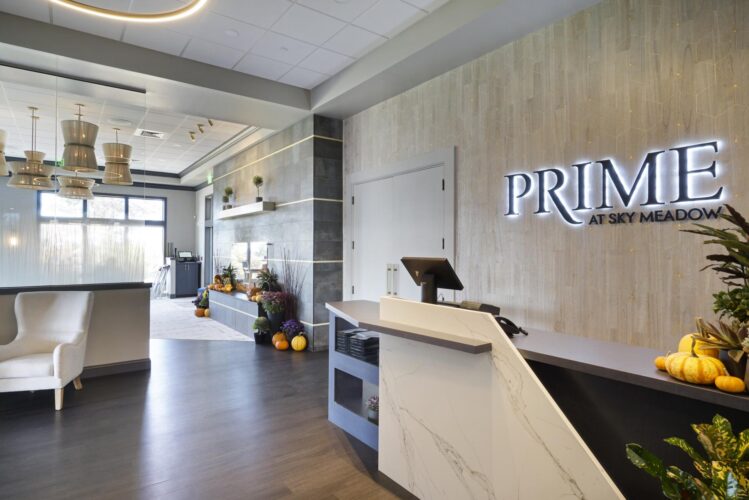New Hampshire home prices reach all-time high

More evidence of the housing crisis in New Hampshire has arrived with the most recent market data from the New Hampshire Association of Realtors, which announced that the median price for single family residential homes hit an all-time high in June, at $565,000.
While the number could fluctuate slightly in either direction with additional sales data, it represents a 4.6 percent increase from the previous high of $540,000 – a price record set in June 2024 and equaled in May.
It also marks the 65th consecutive month that the state has seen a monthly price increase compared to the same month of the prior year.
“The idea of owning a home is becoming more challenging for too many New Hampshire residents, especially young families and first-time home buyers,” said NHAR President Susan Cole. “Demand for housing in our state is still very high, and these numbers suggest that trend is not going away soon.”
Combined with that high demand, low inventory continues to be the primary driver of the ongoing price escalation. While the number of homes for sale has increased incrementally for the past several years, it remains well below a healthy level.
There were 2,431 single family residential units on the market at the end of June. The last time New Hampshire saw a balanced housing market was in October 2016. At that time, 7,112 homes were for sale, a 66 percent decline.
“Yes, there are more houses on the market than there were a few years ago, but it’s very important to keep that in context,” Cole said. “You don’t get the full picture unless you look back 10 or 15 years and compare this to a healthy market.”
Cole said it’s also important to remember that while national headlines are describing a more robust inventory recovery, New Hampshire has not caught up to that trend. Nationally, May saw 4.6 months’ supply – meaning the amount of time it would take to sell the current housing stock – whereas New Hampshire had less than half that – at 2.1 months’ supply.
A balanced market is generally thought to be five to seven months’ supply.
Cole also noted that the state legislature passed critical legislation designed to increase inventory and alleviate our affordability crisis. Among them:
House Bill 577, which seeks to expands the ability of property owners to build an accessory dwelling unit (ADU) on their property (RSA 674:72).
-House Bill 631, which would require municipalities to allow multi-family residential development on commercially zoned land, provided that adequate infrastructure, including roads, water, and sewage systems, are available or provided to support the development.
-Senate Bill 188, which would allow property owners to use private providers for building code inspections and plan reviews conducted by licensed professionals, including engineers, architects, or building code administrators.
-Senate Bill 281, seeking to allow greater opportunities to build on a Class VI road.
-Senate Bill 282, which would allow residential buildings with four or fewer floors to have only one stairway, provided that the building is equipped with a sprinkler system and meets fire code requirements.
-Senate Bill 284 would mandate that towns can only require one parking space per housing unit on new development. It would also expand the scope of the existing statute to include all developments regardless of the number of units or bedrooms in the development, or whether they are used for workforce housing.
“We applaud the legislature and governor for taking critical bipartisan action to expand housing opportunities,” Cole said. “By giving property owners greater ability to utilize their own land, and speeding up the permitting process, there will be more opportunity to provide housing for families, workers and businesses. But it’s important to remember that this is just a start if we want to bring down the cost of purchasing a home or renting an apartment. There is still so much more our elected officials on the local and state level can do.”






